In India, textiles are not just worn but lived. Imagine a piece of clothing that carries lessons of centuries, with ancient geometric designs, nomad-inspired embroidery, and reflective surfaces stitched. From different regions in India, family traditions of artisans weaving stories onto fabric go generations deep.
They’re not crafts but languages of yarn and colour, born from rituals, journeys, and ancestry. Some of the most symbolic and time-honoured of these are Ajrakh tote bags, Banjara embroidery, and Aabhla mirror work. They each have their beginnings, processes, and people’s narratives that continue to drive and shape them.
Let’s delve into the intriguing world of these centuries-old crafts.
Ajrakh: Timeless Symmetry in Natural Dyes
Origin and History
Ajrakh is one of the world’s oldest textile printing traditions. It originated more than 4,000 years ago in the Sindh province (now in Pakistan) before moving to the Kutch. It's practised by the Khatri community, and has weathered dynasties, trading routes, and political upheavals, retaining its true techniques and philosophy.
Techniques and Process
Ajrakh is a block painting craft that utilises natural dyes and a resist-dye technique. The process consisted of 14 to 21 intricate steps, including repeated cycles of printing, dyeing, washing, and drying - all done by hand.
Natural dyes such as madder root, iron fillings, indigo, and pomegranate peel are utilised to attain rich tones of blue, red, black, and white. The accuracy with which repeating geometric and floral motifs are done is indicative of the high levels of craftsmanship and patience.
Design and Symbolism
Ajrakh designs are usually symmetrical as well as intricate, generally derived from Islamic architecture, the universe, and nature. The repetitive motifs speak of equilibrium, order, and spiritual harmony with the universe.
Modern adaptations
Now, Ajrakh is seen on garments and accessories like the Ajrakh tote bag, which is a combination of traditional work with modern requirements. Whether draped as a saree, worn as a scarf, or used as a handbag, Ajrakh is a subtle yet forceful statement of heritage, sustainability, and enduring design.
Banjara Embroidery: The Nomadic Spirit in Every Stitch
Who are the Banjaras?
The Banjaras are traditionally nomadic people found in Rajasthan, Maharashtra, Karnataka, Telangana, and Andhra Pradesh. They used to have their caravan of traders, carrying oxen and camels across deserts and jungles. Their embroidery is part of who they are - a stitched language in clothing, bags, and ordinary textiles.
Methods and Features
Banjara embroidery is characterised by its bold designs, vibrant colours, and heavy ornamentation. It is usually composed of mirrors, shells, beads, coins, and dyed threads stitched together in heavy cotton. There are no fixed templates, but whatever the piece is, its crafting is intuitive and is a function of the artisan’s creativity and experiences in life.
Cultural Relevance
Traditionally, Banjara women would embroider pieces for dowries, rituals, and ceremonies. Each piece was one of a kind, telling the tale of the creator’s family, clan, and religion. The embroidery was not only lovely; it was also symbolic, with functional and cultural significance.
Banjara in Today’s Life
The growing appreciation for Banajra bags online shows their unique craftsmanship and cultural significance. They are not limited to bags but are also found on accessories like jackets, skirts, and belts.
Aabhla: Sparkle and Spirit in Mirror Work
Historical Origins
Aabhla is widely known as mirror work or shisha work. It originated from Rajasthan and Gujarat among the Rabari, Mutwa, and Ahir communities. It is an age-old craft used to adorn ceremonial wear and home furnishings.
How It’s Made
Aabhla embroidery can be recognised by the little square or round mirrors stitched precisely onto a piece of fabric using threads that are usually brighter. The mirrors are arranged in symmetrical patterns, surrounded by floral or geometric embroidery. It is a highly precise technique; the mirrors must be securely held in place while also serving as the centrepiece of the work.
Symbolism and application
In most communities, mirrors are thought to ward off evil and reflect bad energy. Thus, Aabhla is not only ornamental but also protective. It is used extensively in festive and wedding wear, particularly in Navratri and other regional festivities.
Where It Exists Now
Apart from conventional wear, Aabhla mirror work is also used in trendy wear such as blouses, dupattas, jackets, and home décor. It provides a celebratory sheen to ethnic as well as fusion wear and is the go-to for people who love to combine culture with style.
Difference Between Ajrakh, Banjara And Aabhla
|
Feature |
Ajrakh |
Banjara Embroidery |
Aabhla (Mirror Work) |
|
Origin |
Gujarat / Sindh |
Rajasthan, Maharashtra, South India |
Gujarat / Rajasthan |
|
Craft Type |
Hand block printing |
Hand embroidery with embellishments |
Mirror embroidery |
|
Materials Used |
Cotton, natural dyes |
Cotton, beads, mirrors, coins |
Mirrors, silk/cotton thread |
|
Key Aesthetic |
Geometric, symmetrical |
Bold, colourful tactile |
Reflective, festive, detailed |
|
Traditional Use |
Ritual wear, everyday garments |
Dowry, tribal wear |
Festive & bridal clothing |
|
Modern Use |
Sarees, scarves, Ajrakh tote bags |
Jackets, accessories, Banjara bags online |
Jackets, clutches, and décor items |
The most remarkable aspect about these crafts is not their aesthetic appeal, but the depth of the culture, craftsmanship, and the histories they possess. There is always history, faith, and a deep-rooted relationship with the land and the people in each Ajrakh print, Banjara stitch, and Aabhla mirror.
With consumers looking to derive meaning from the things they wear and use, these classic Indian fabrics provide something so uncommon. It might be a dress or an Ajrakh tote bag by Heritage Haat: they carry soul, sustainability, and authenticity.
So, the next time you see a mirror-adorned clutch, a colour and texture-filled Banjara tote, or an Ajrakh-printed wrap, know that it is not only fabric but also a hand-crafted legacy that has been passed down from generation to generation.

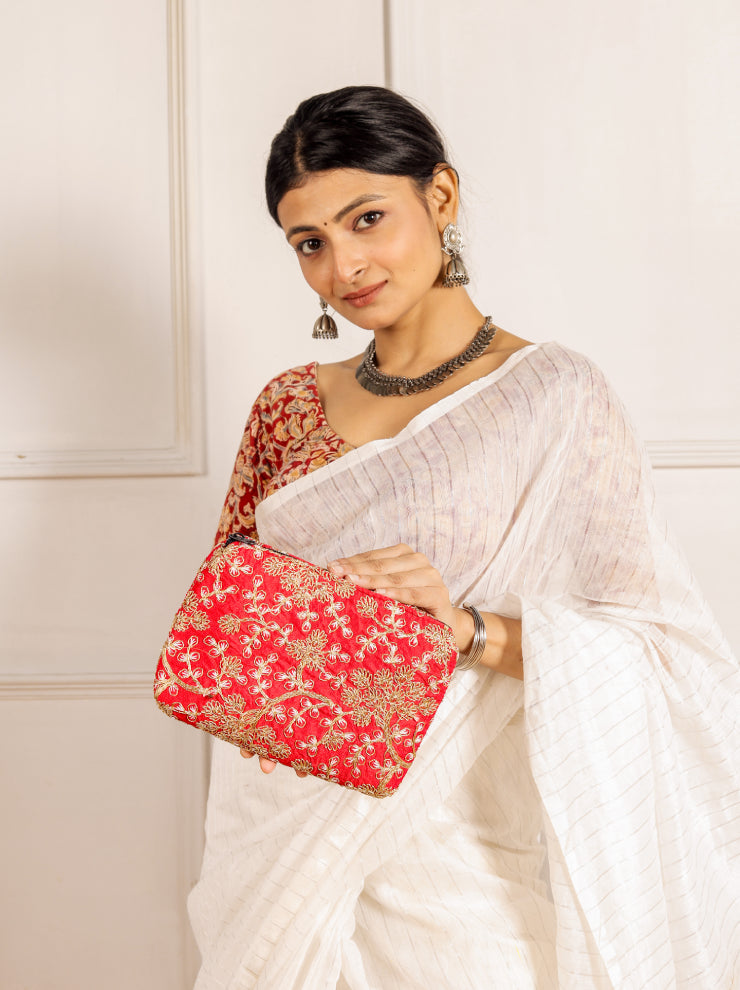
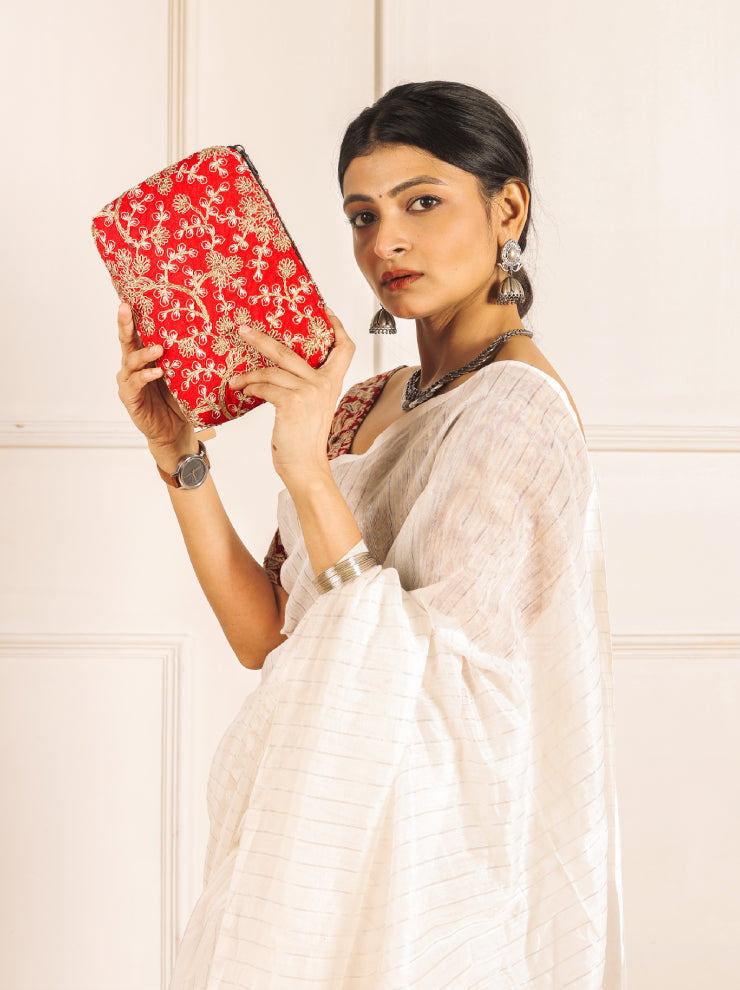
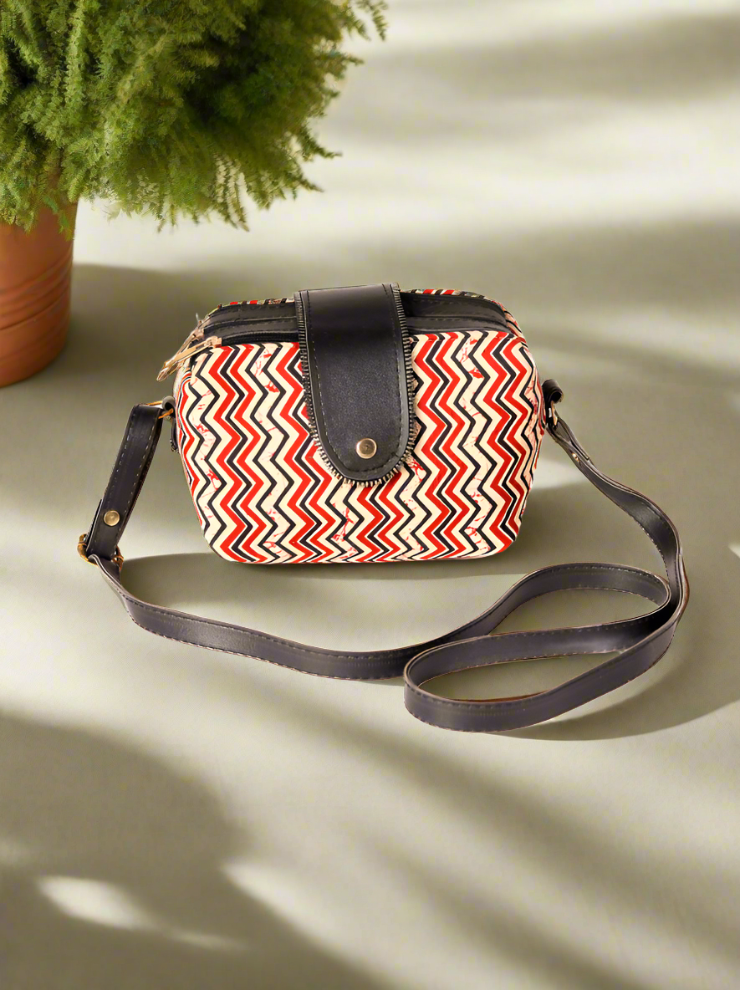
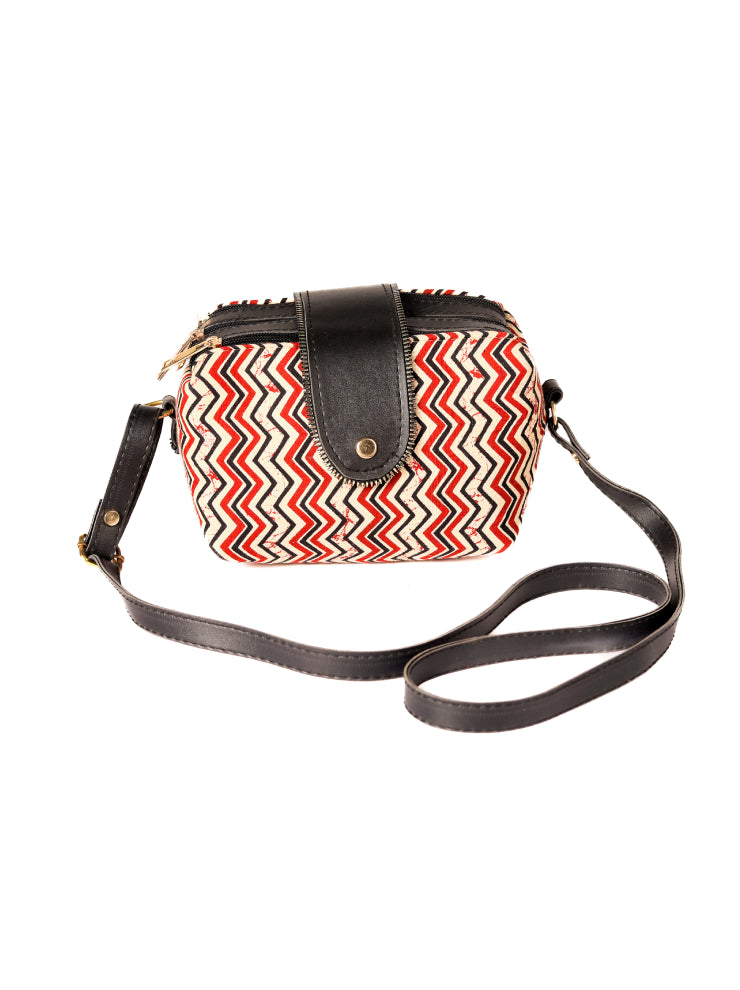
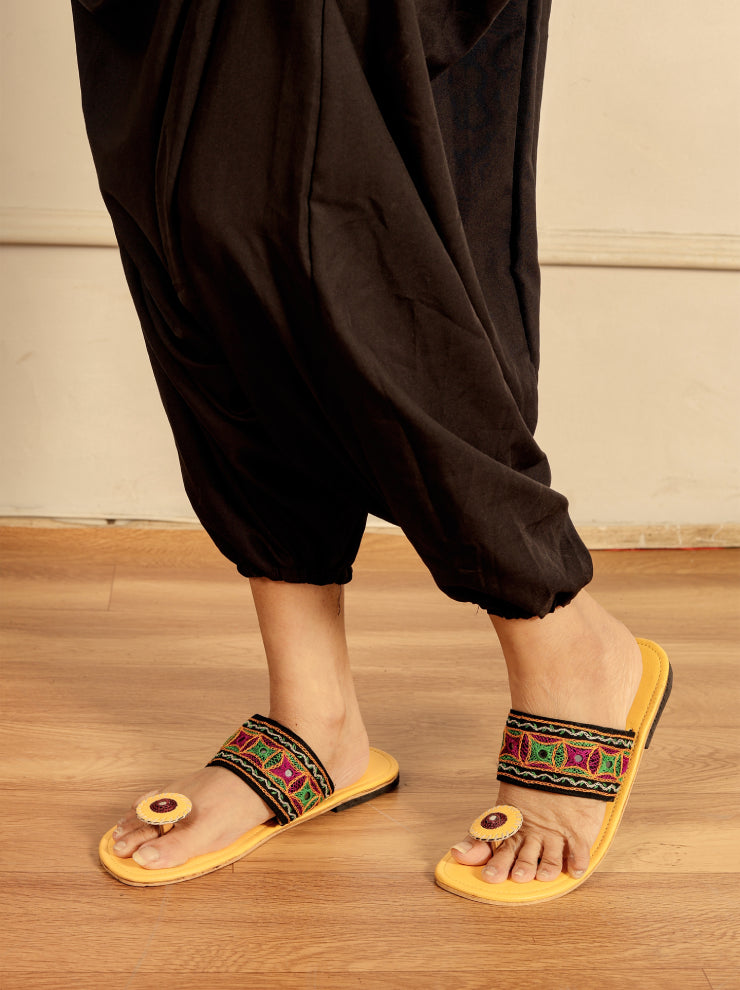
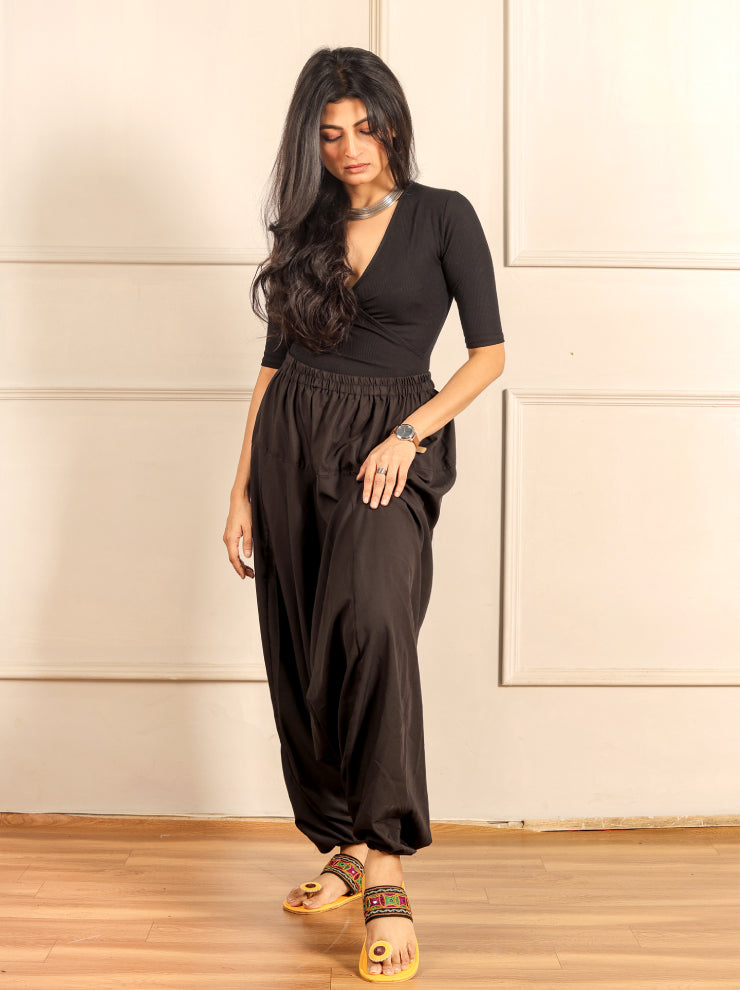
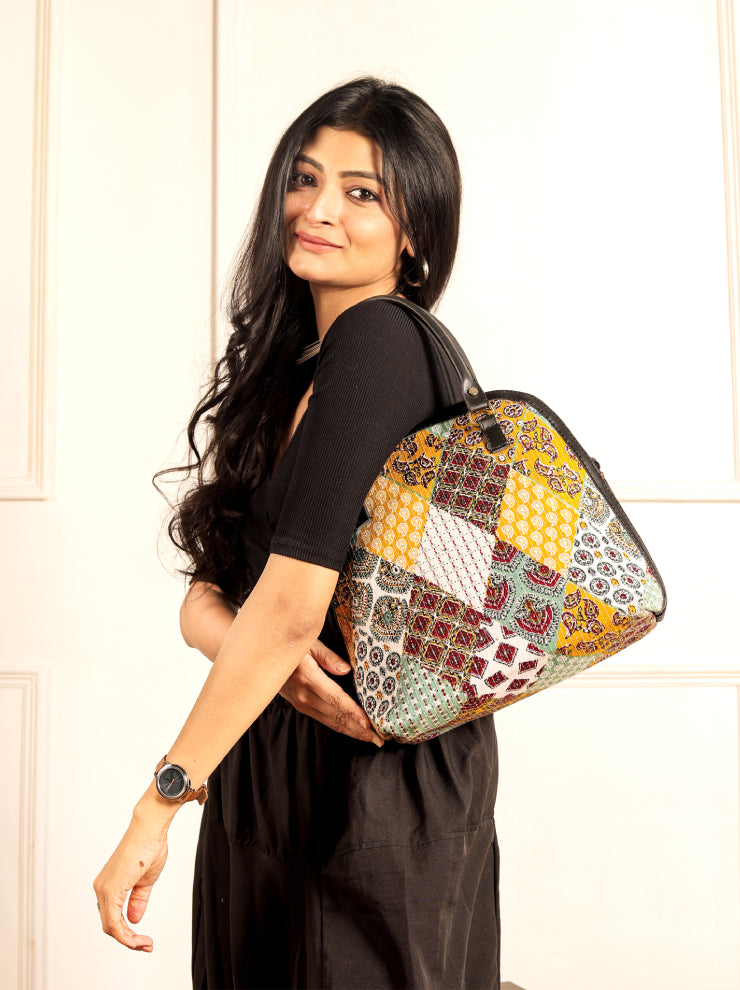
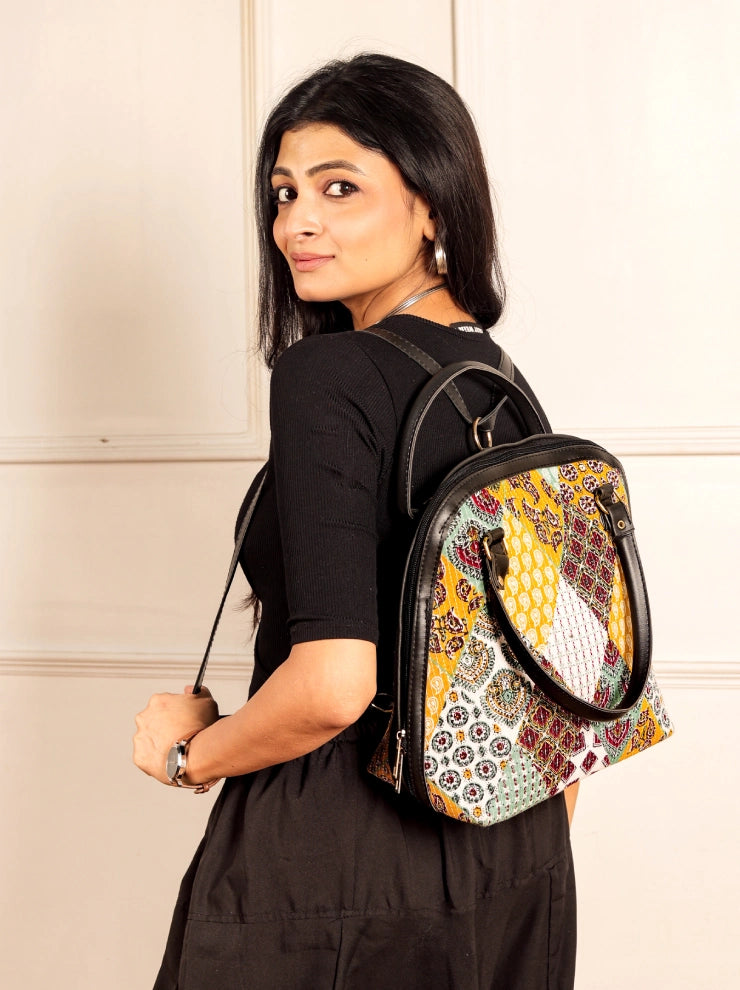
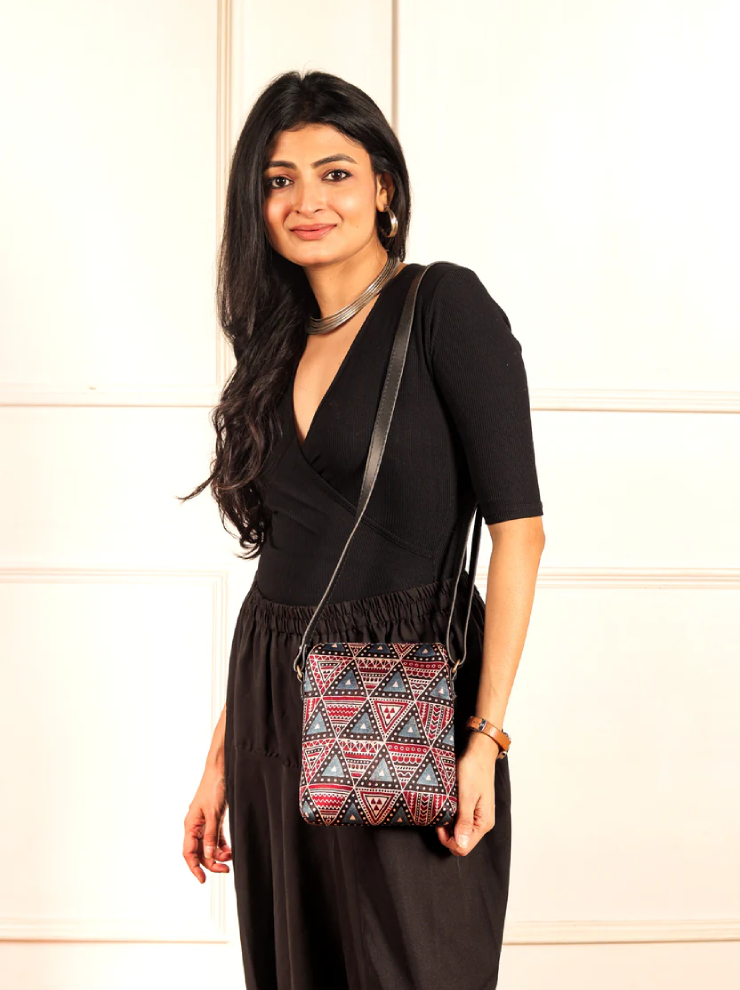
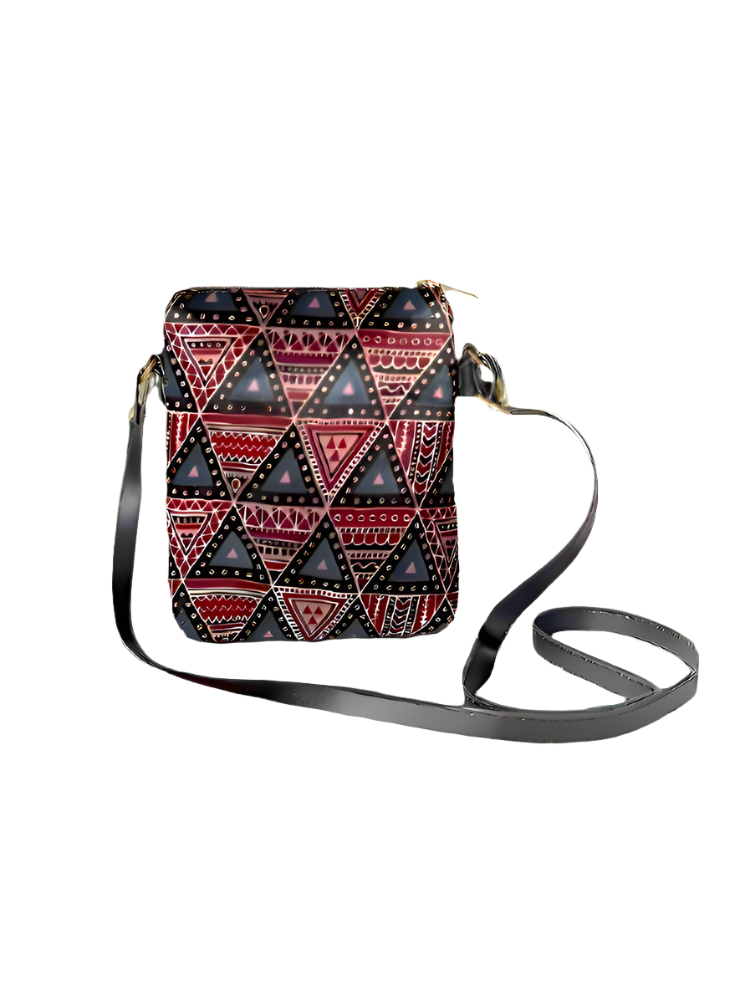
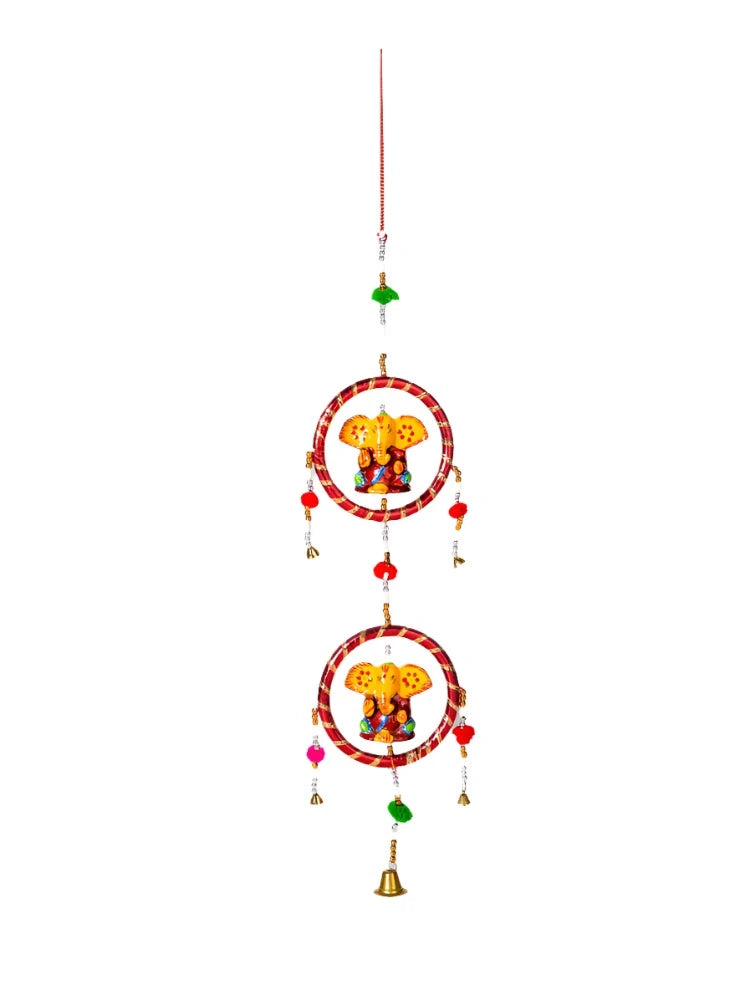
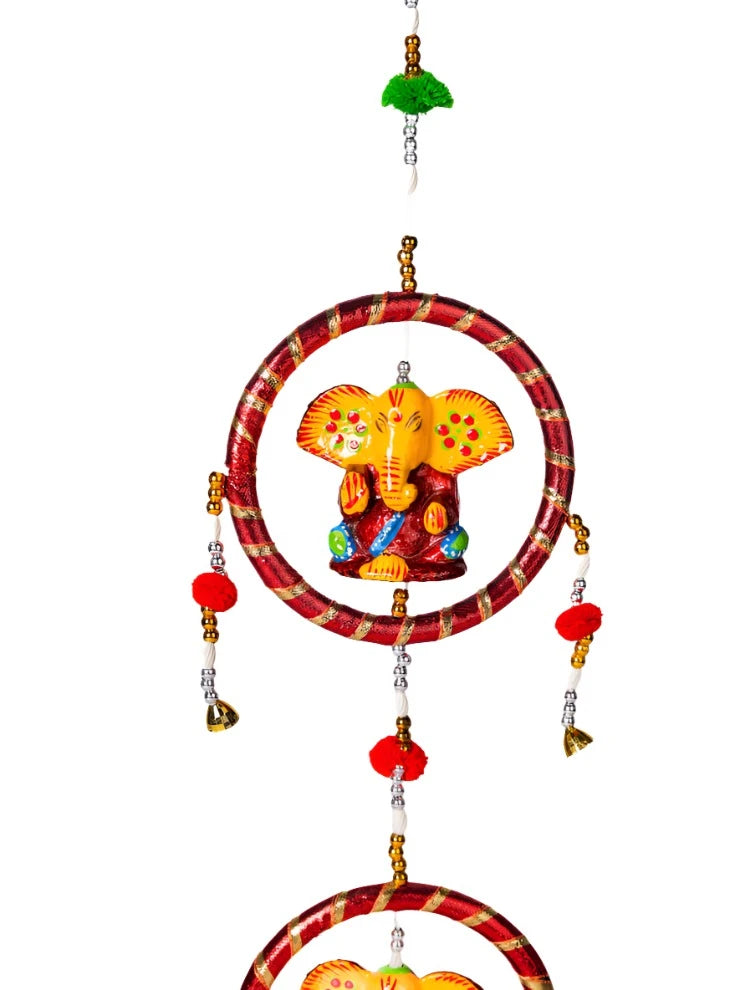
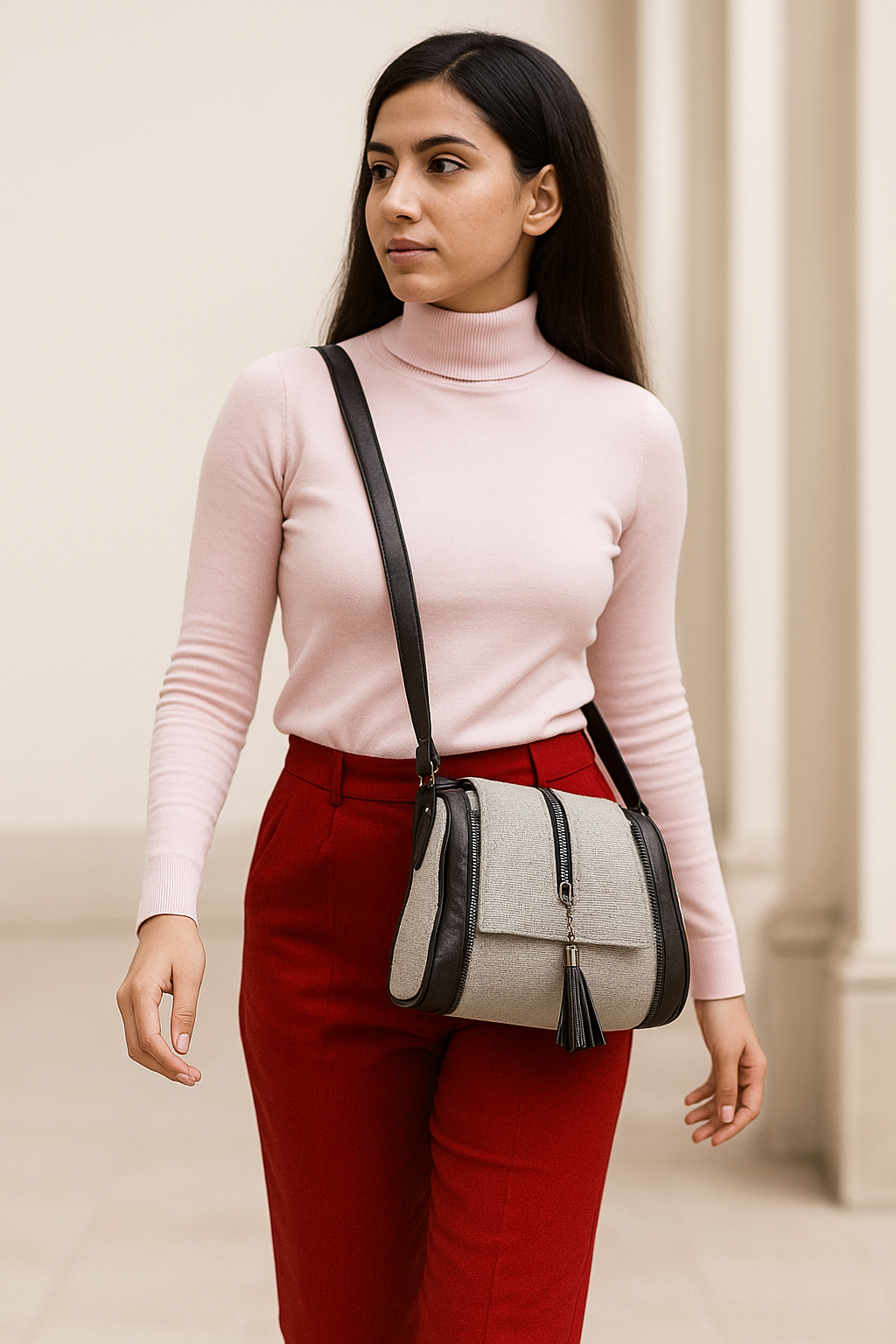
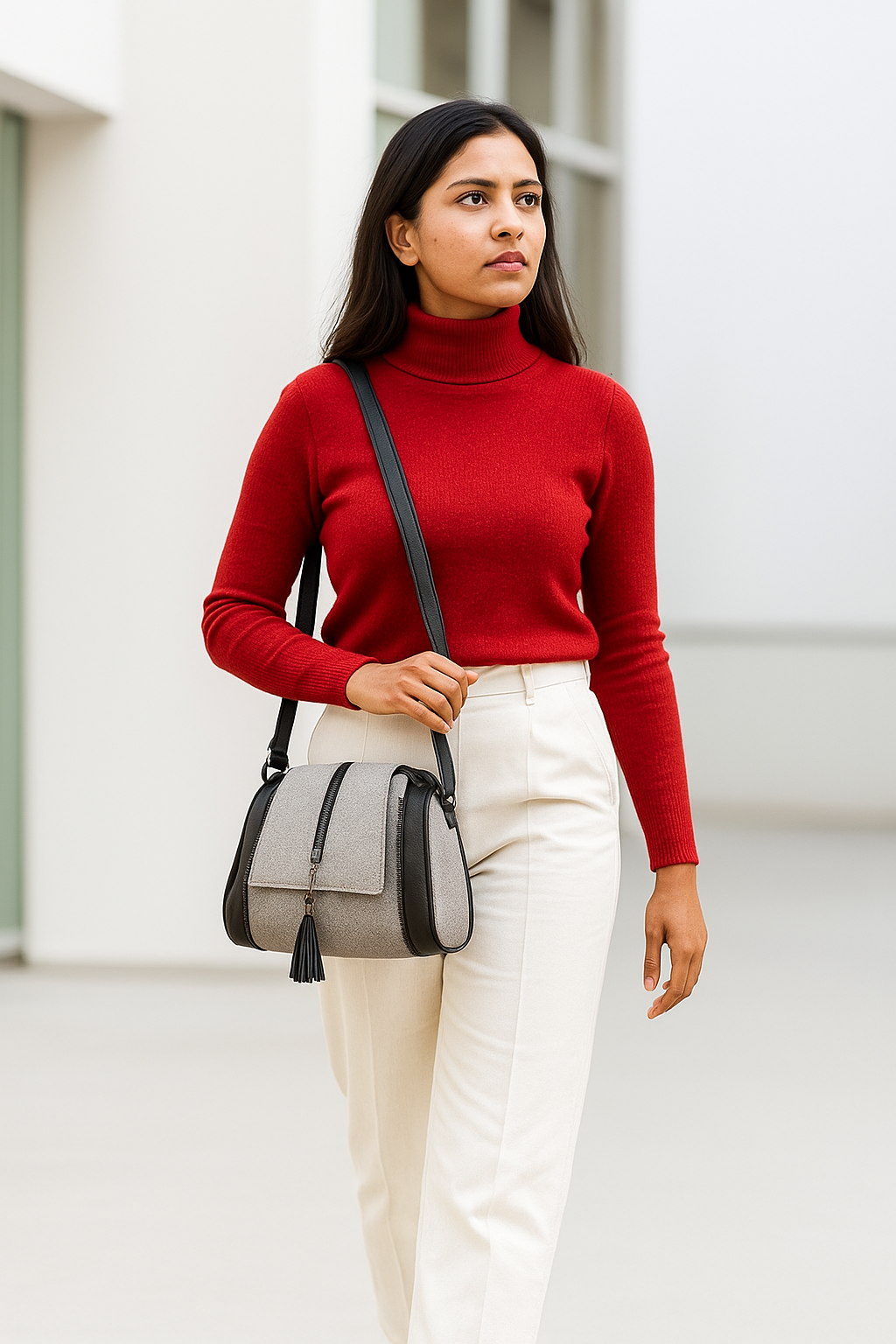
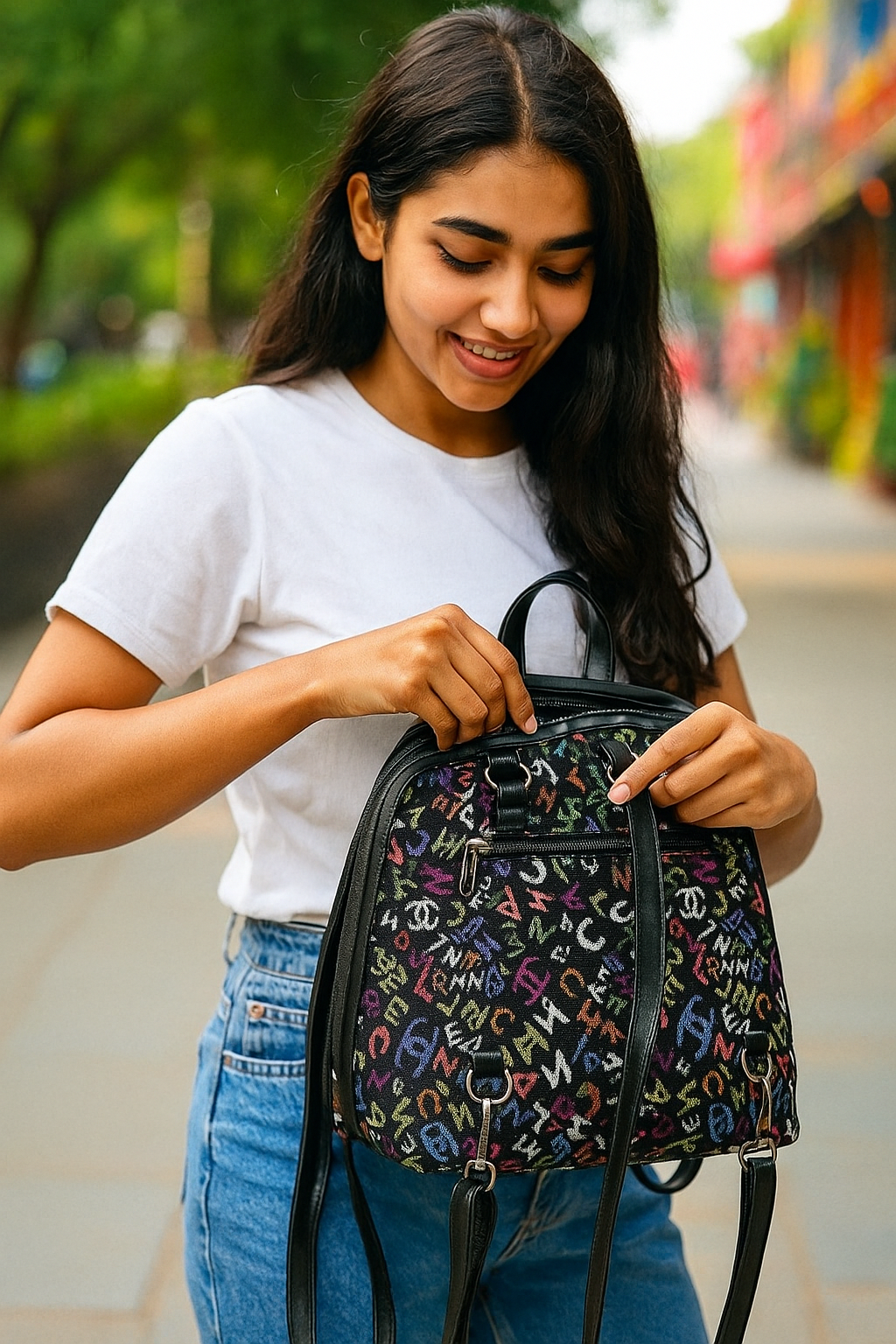
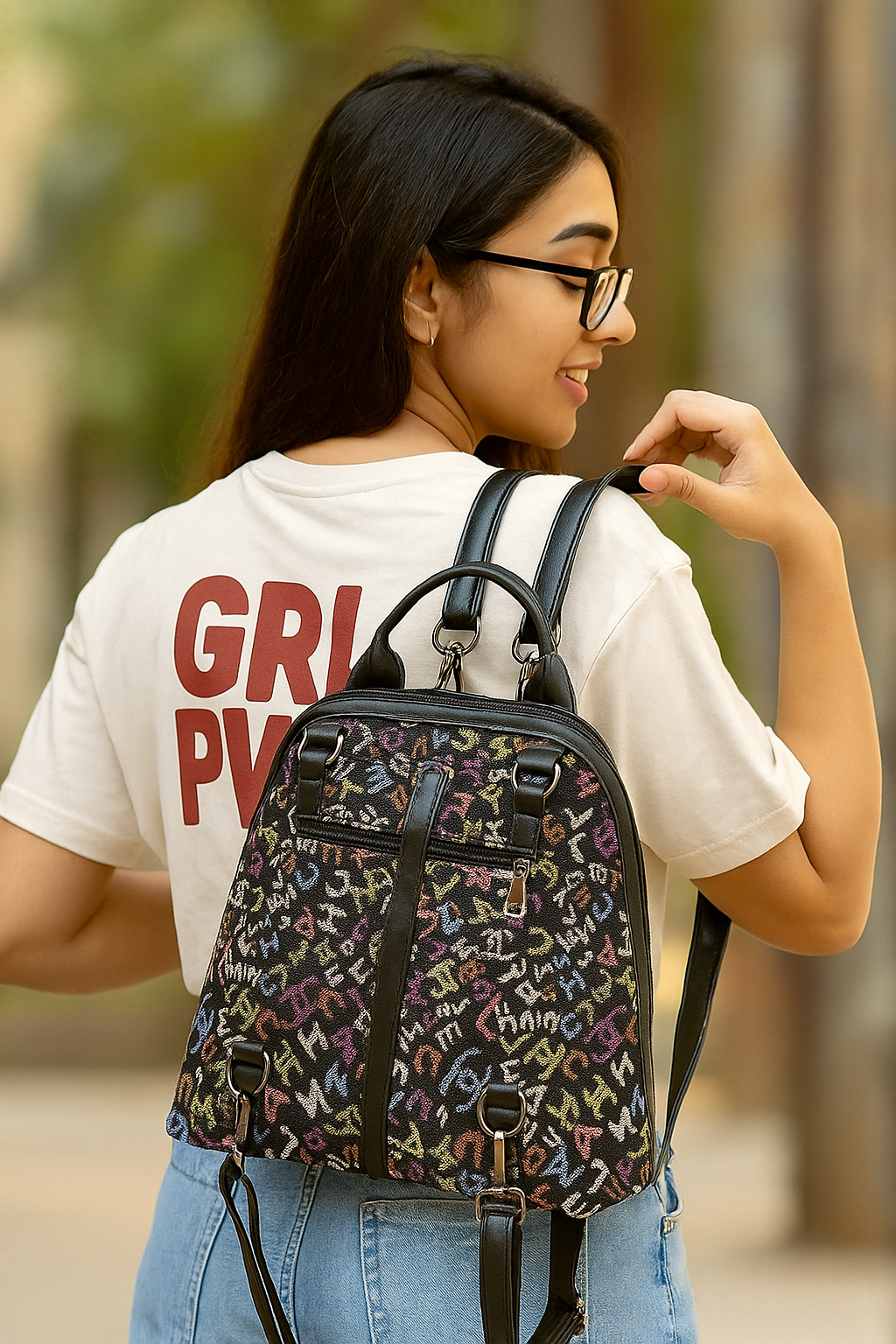
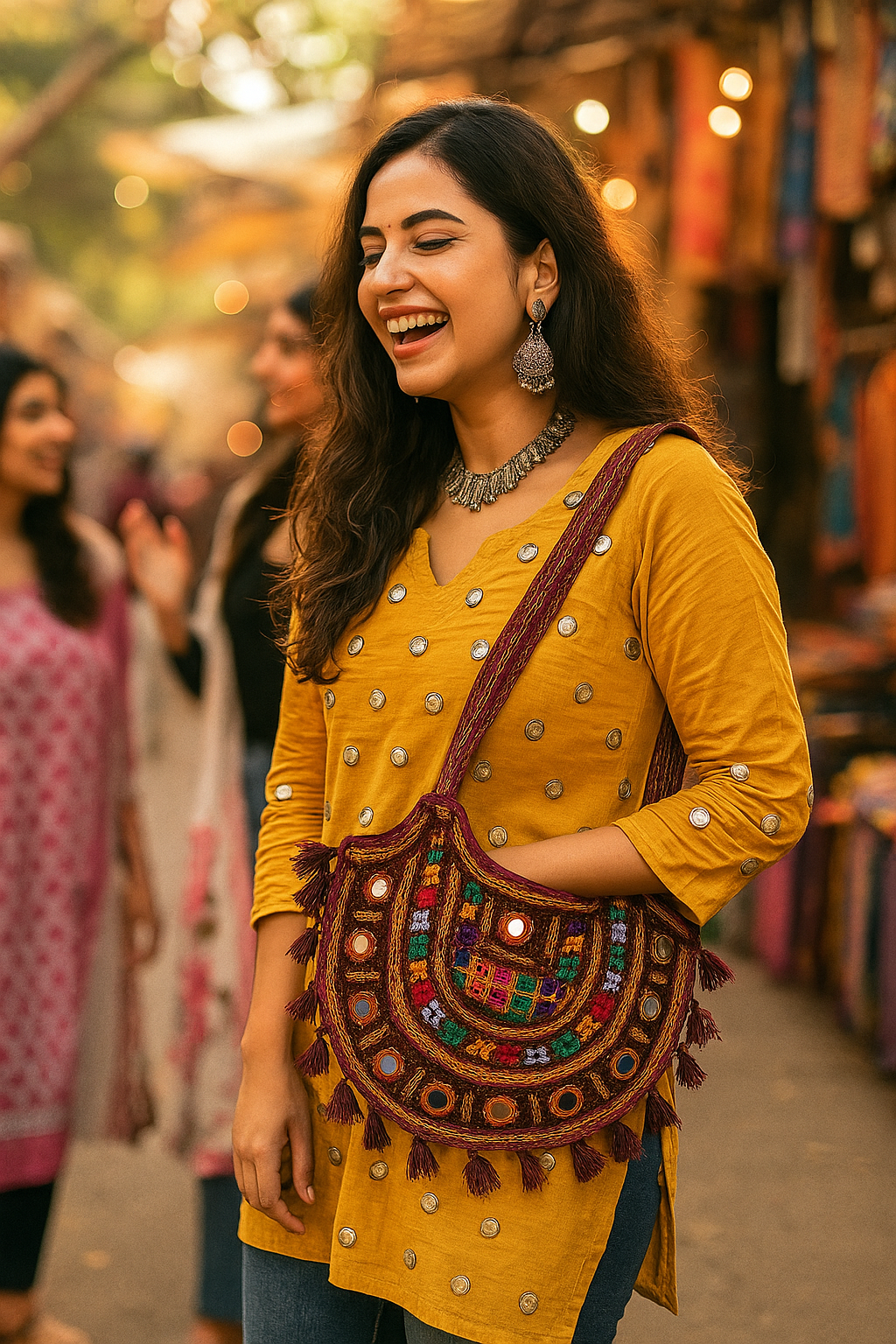
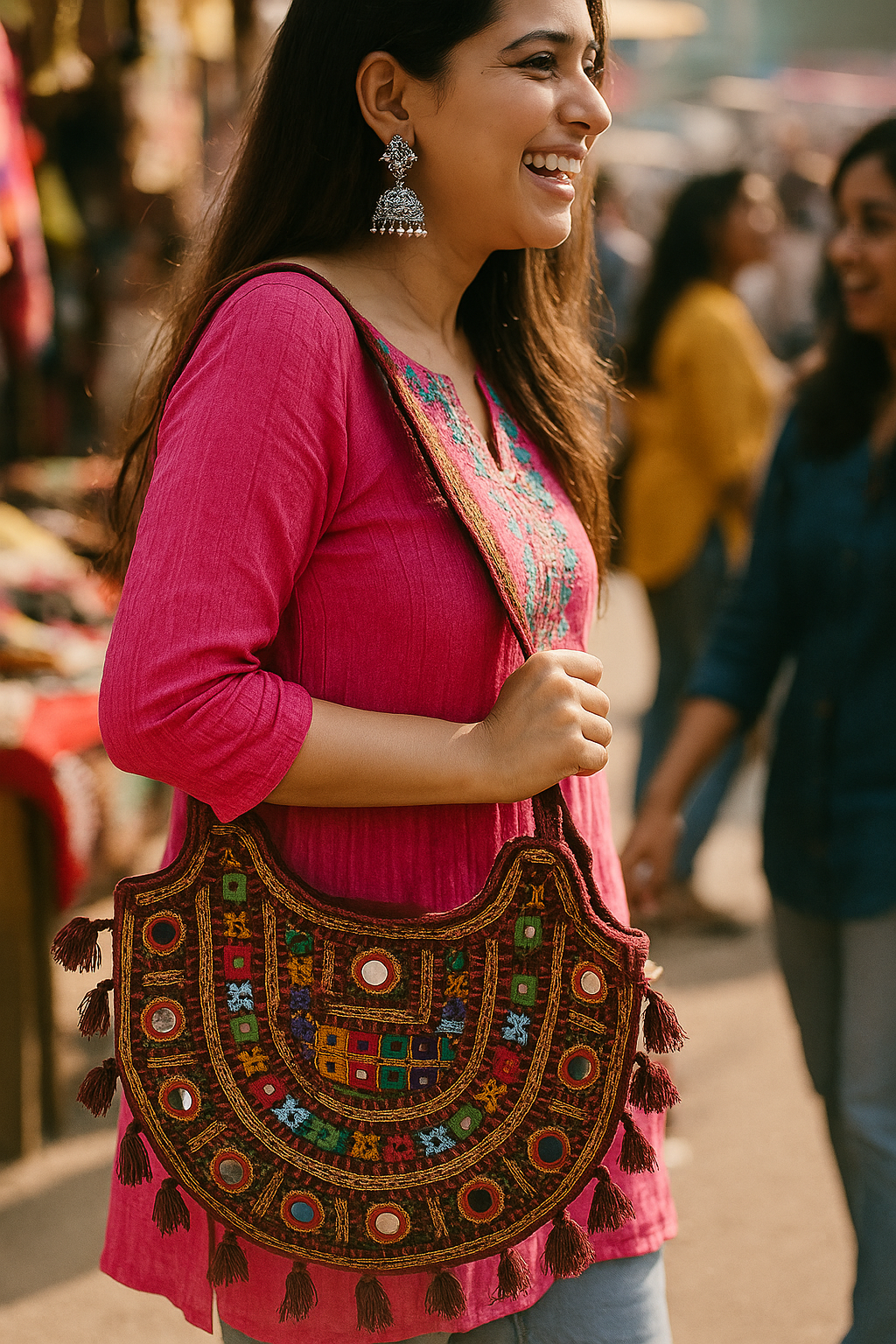
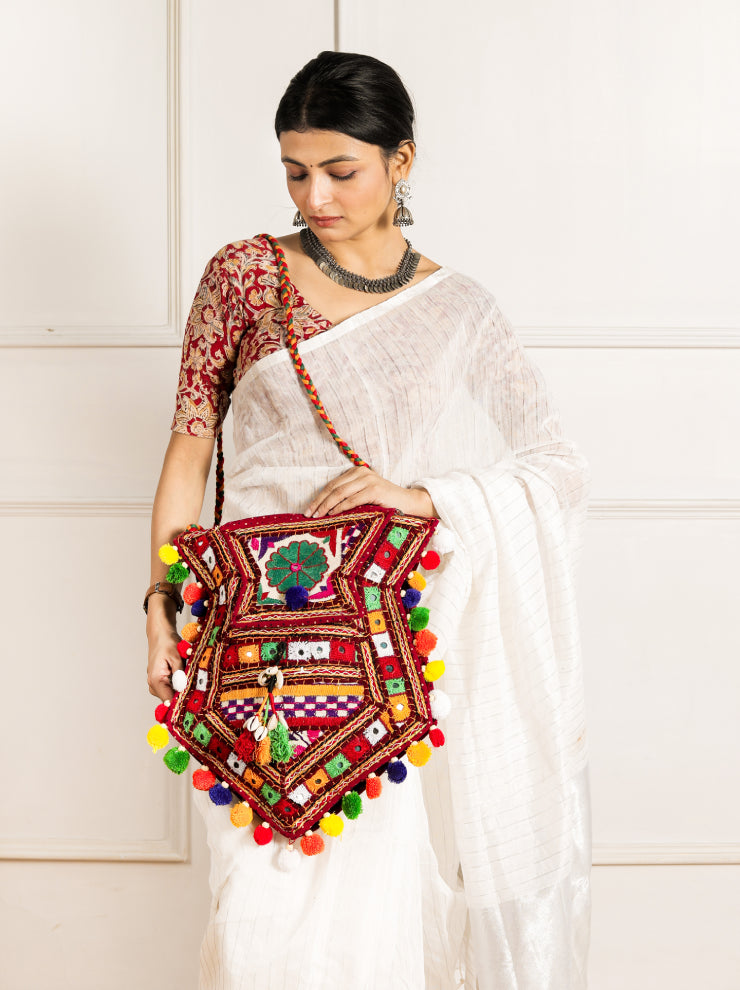
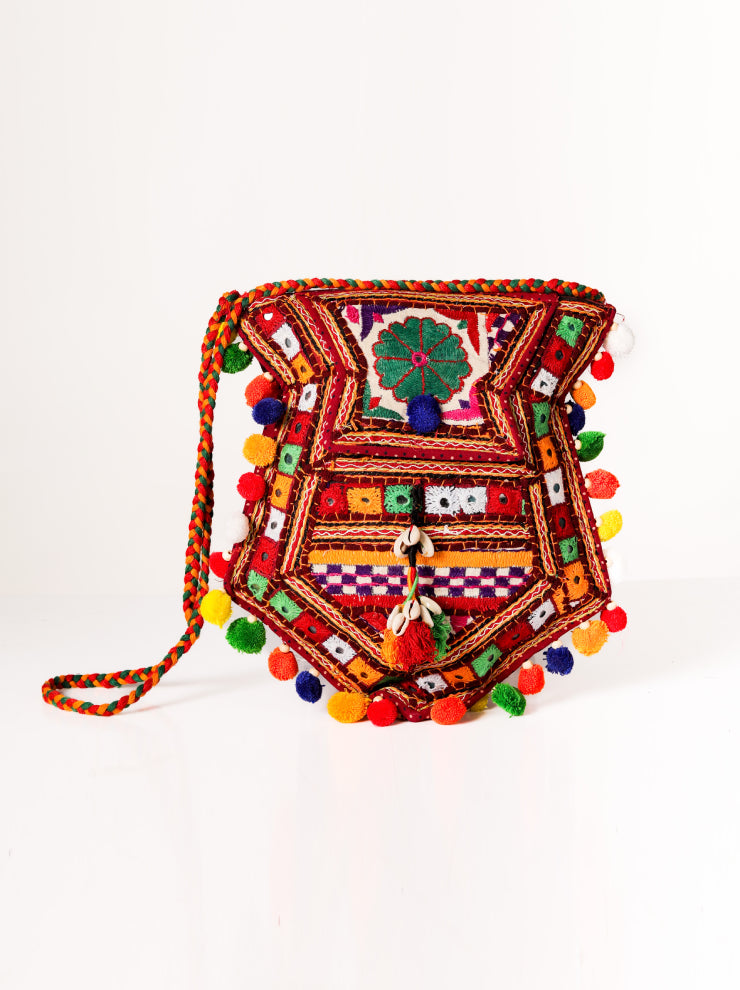
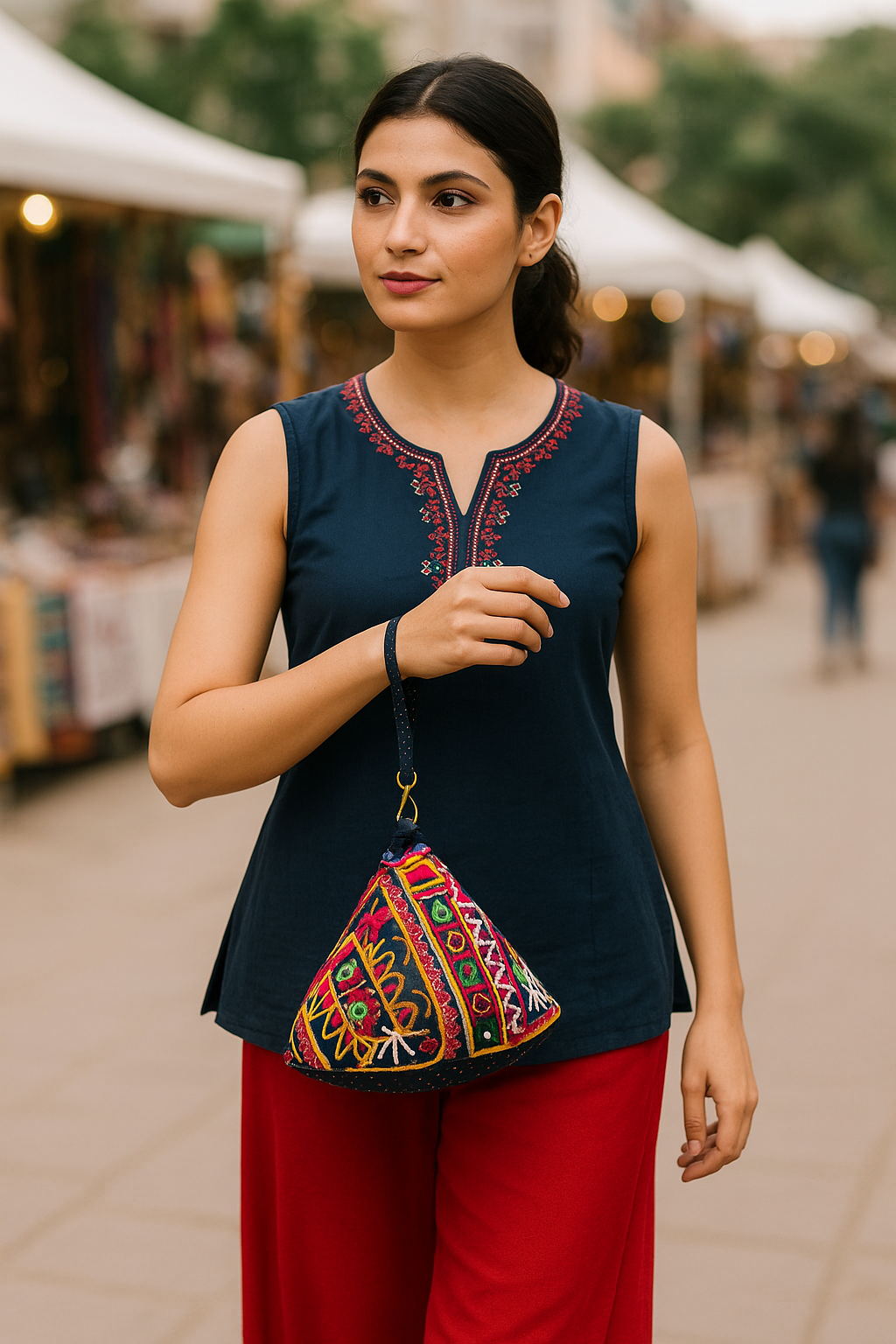
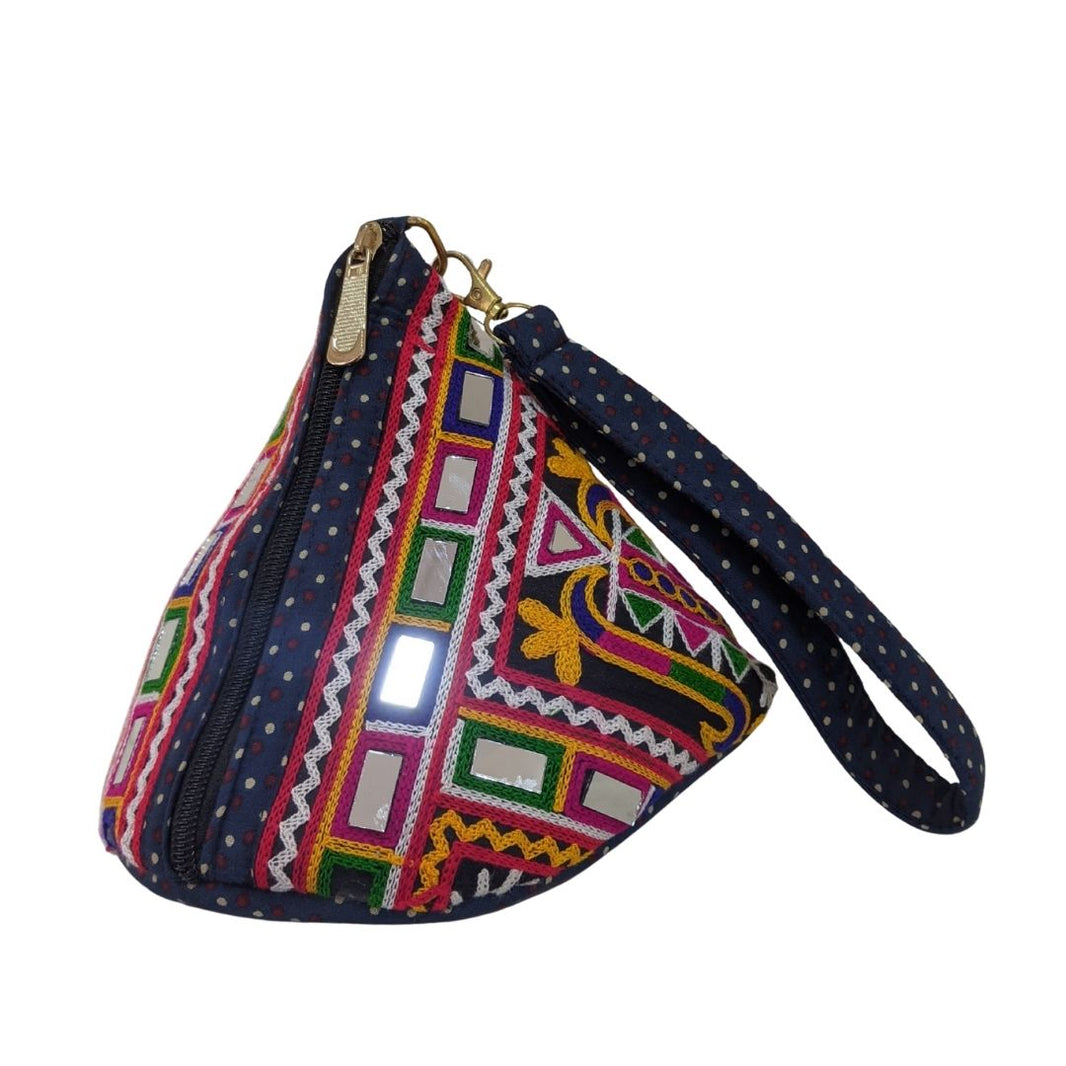
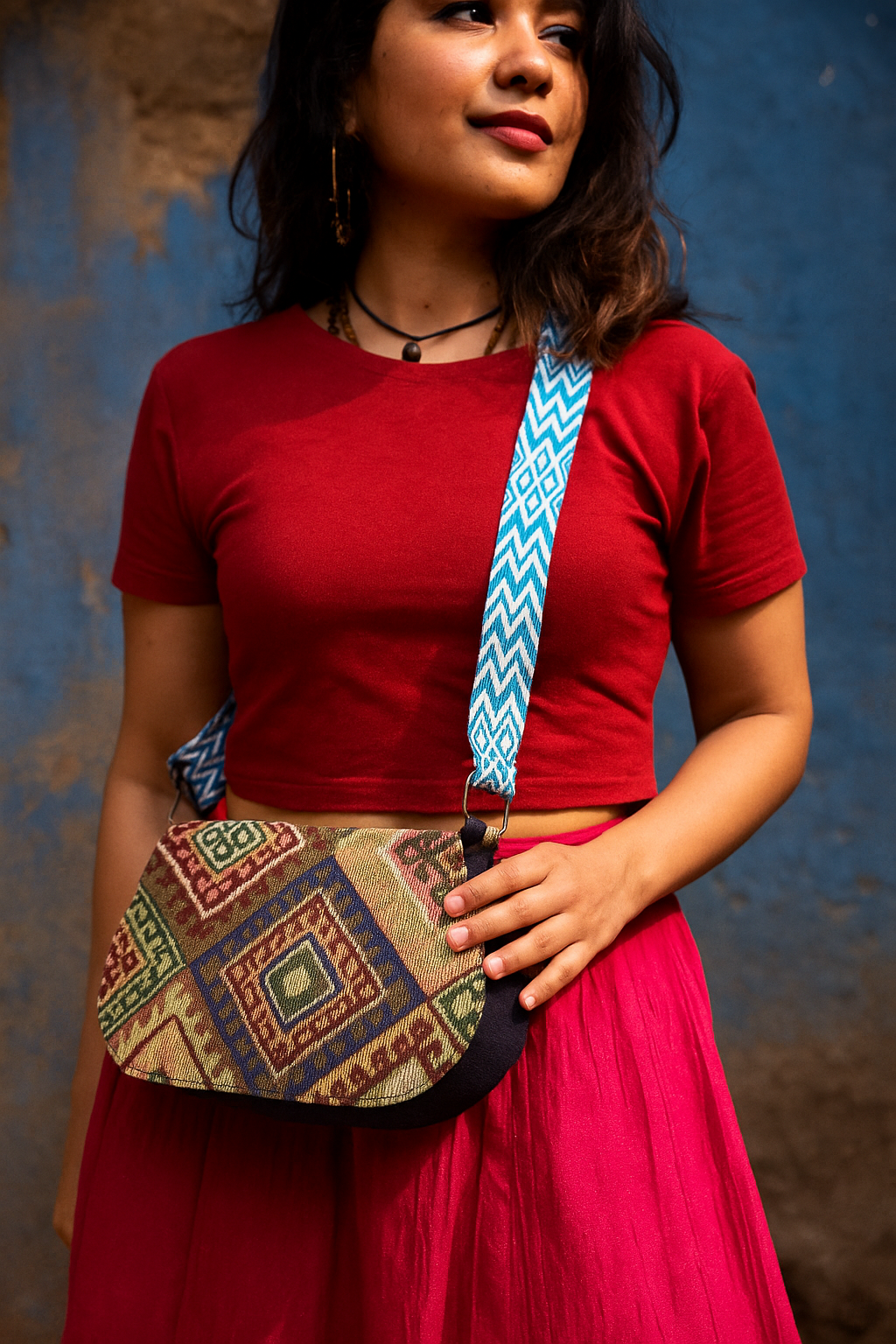
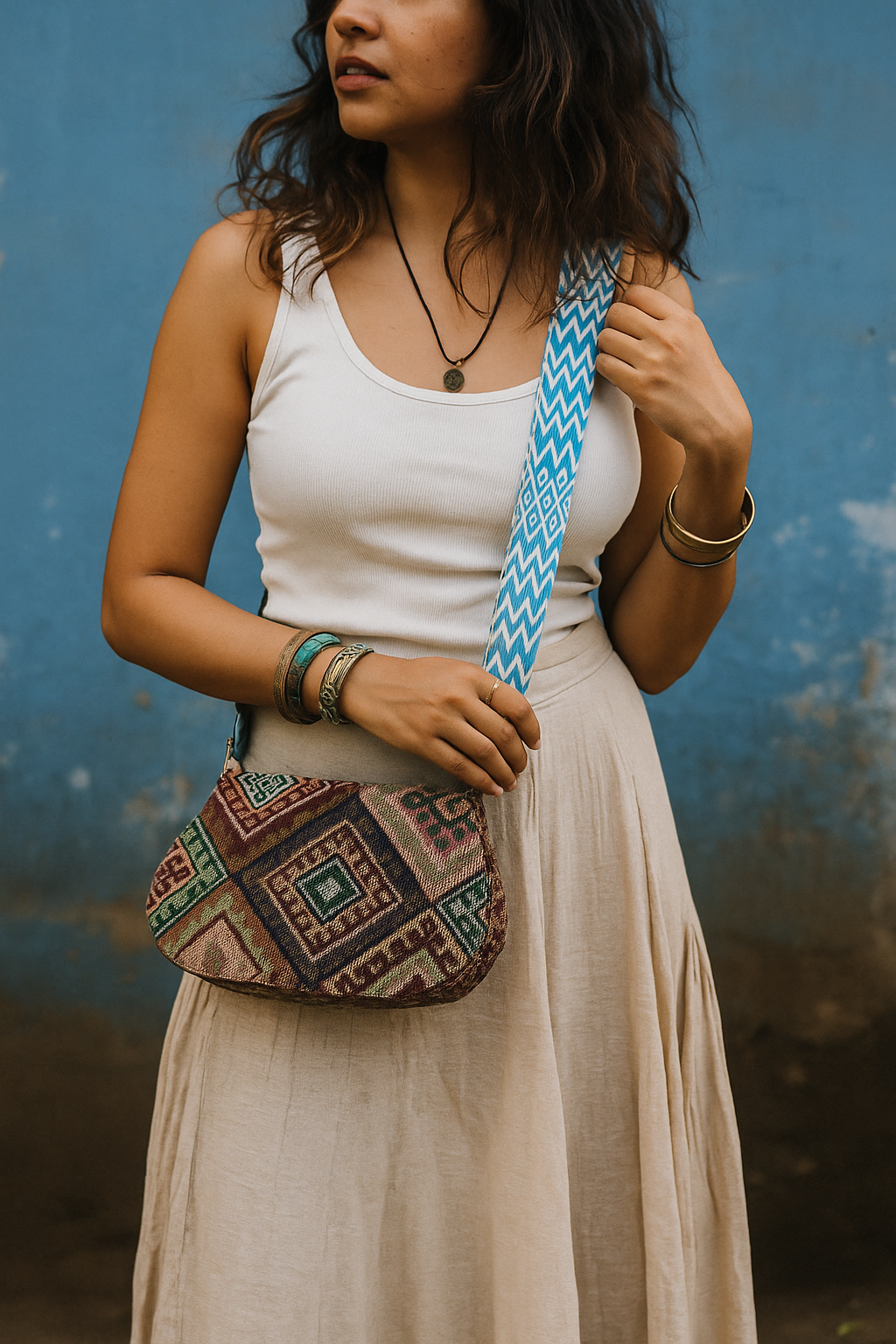
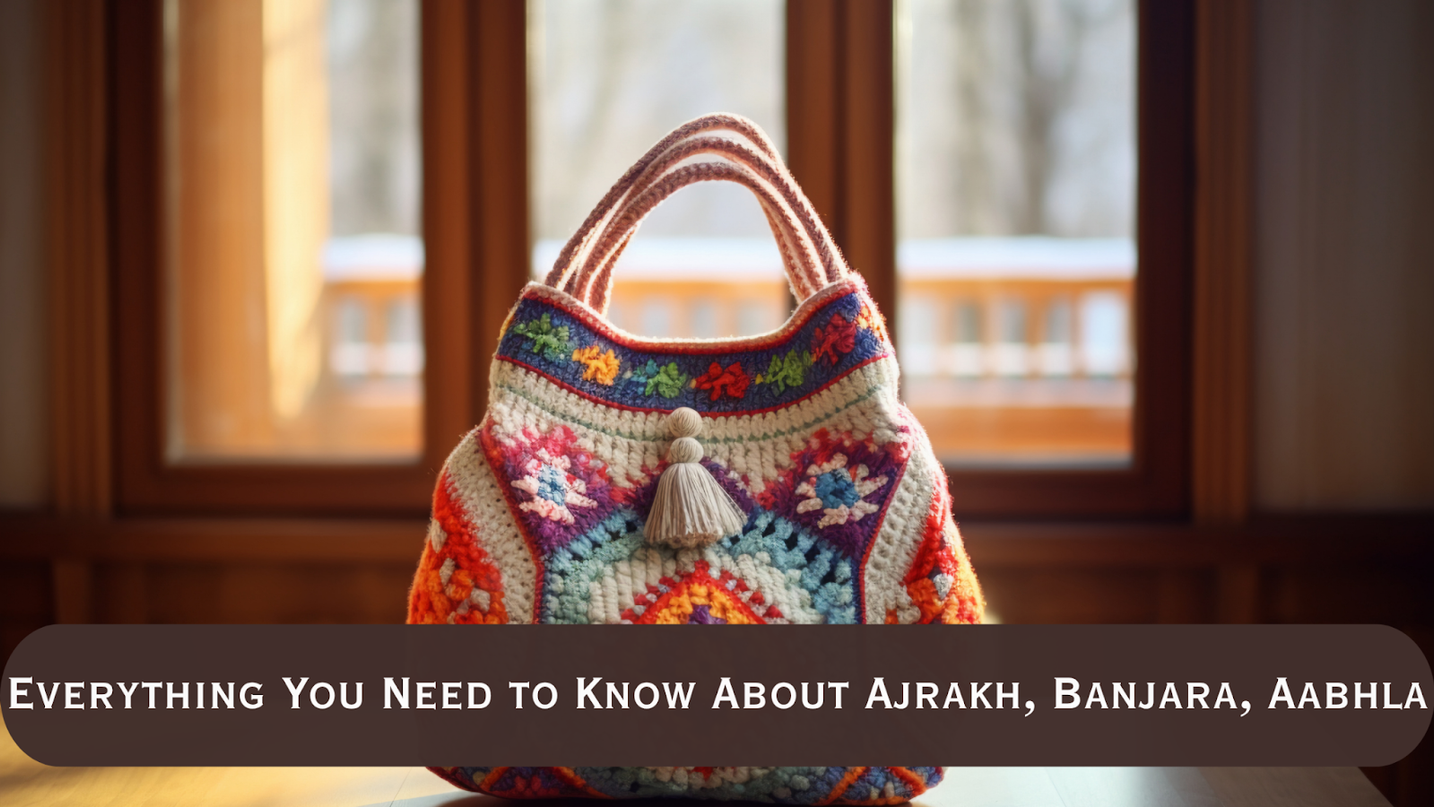
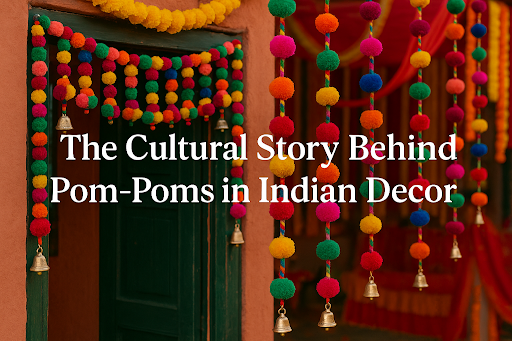
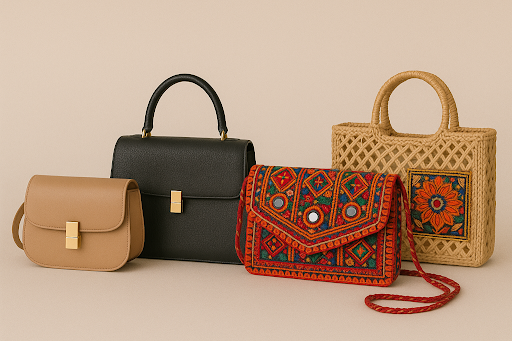
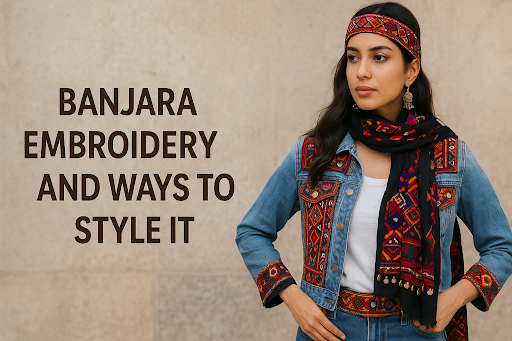
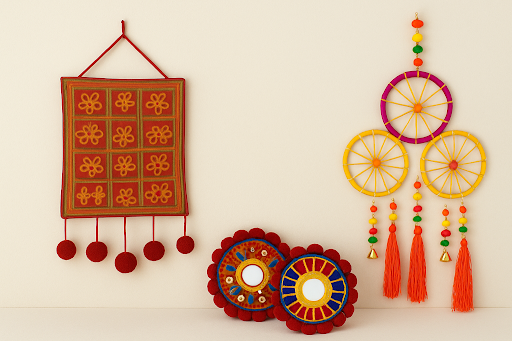
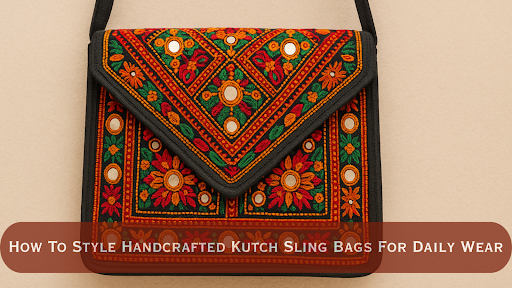
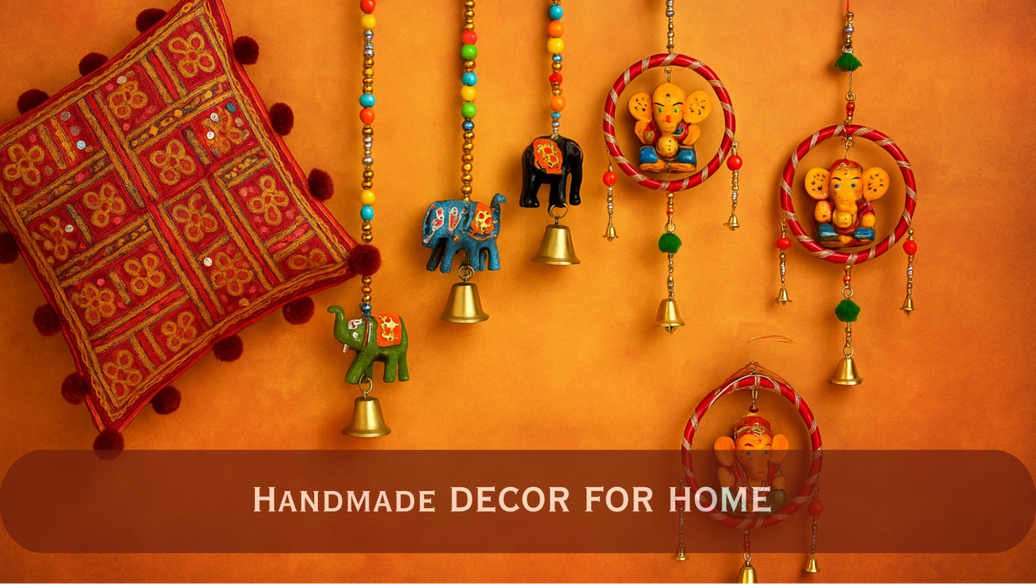
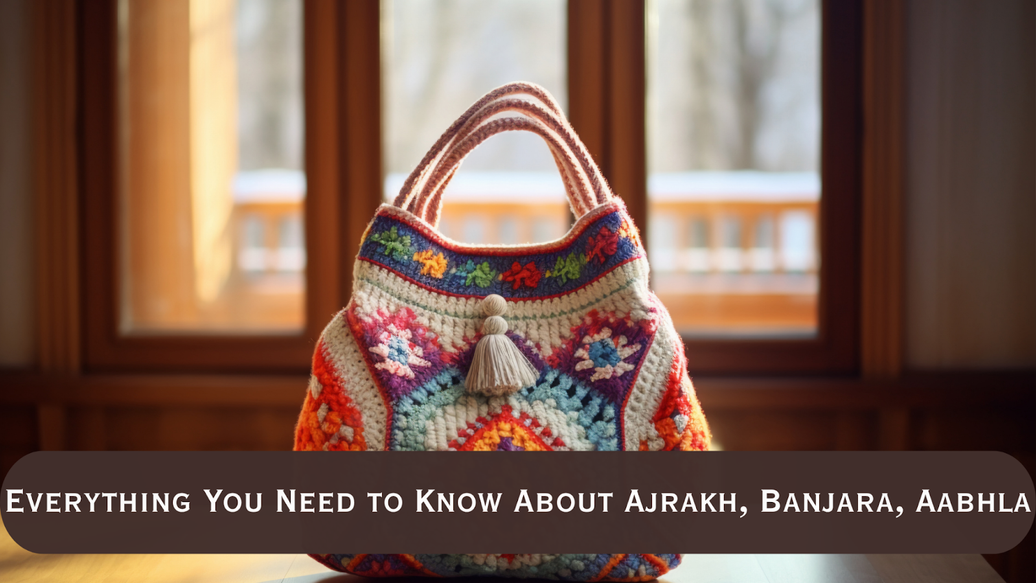
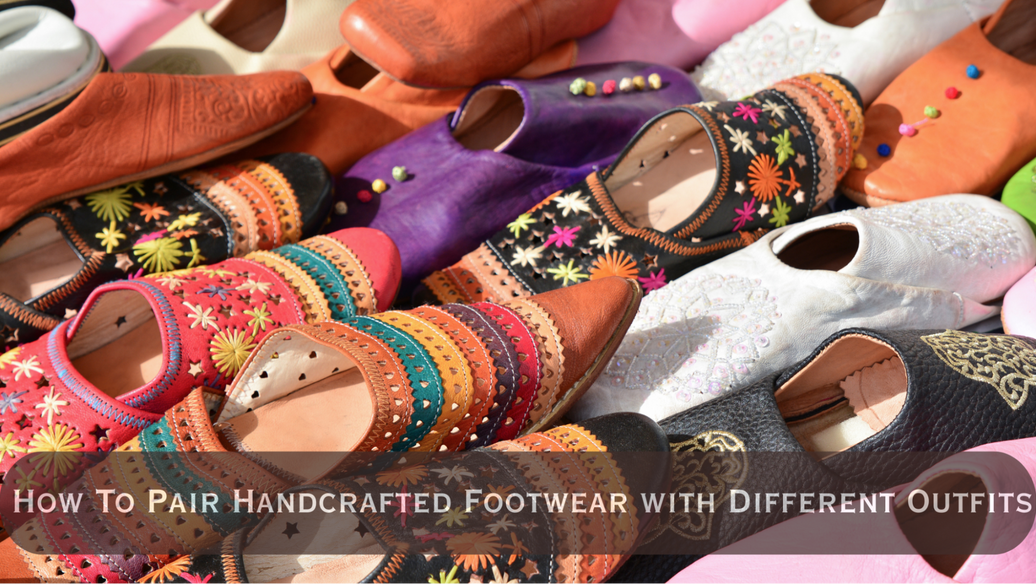
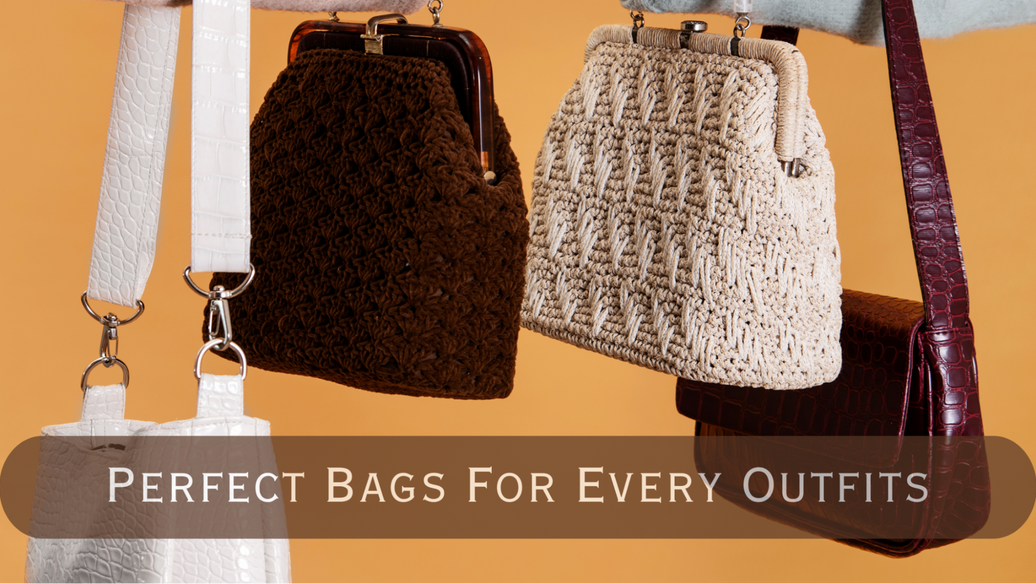


Leave a comment